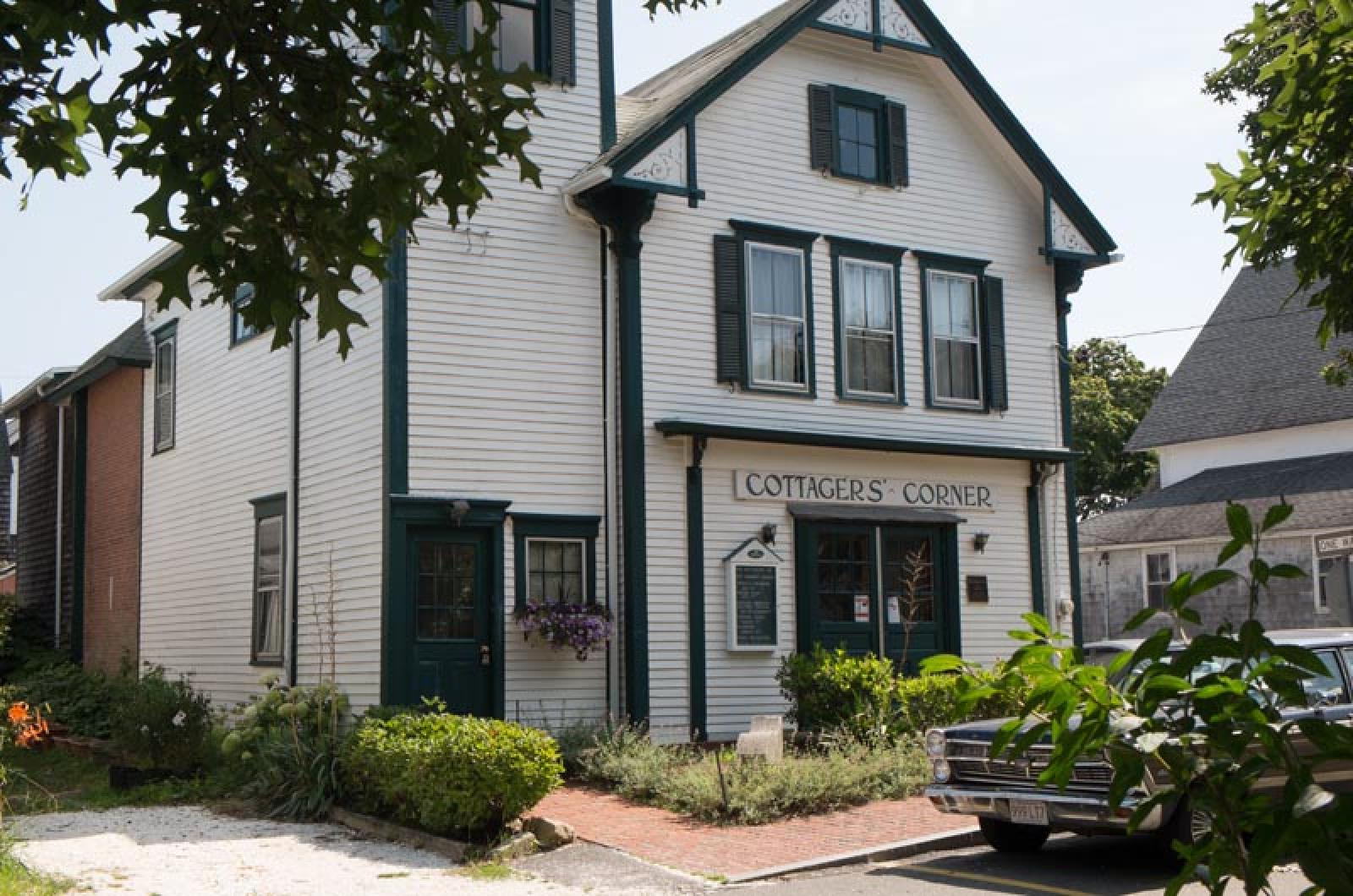Memories are sparked in many ways, connecting life and lives in circles at times concentric but not always touching.
Noting the completion of the new Oak Bluffs Town Hall, I recalled the old Tivoli Building that was once the town hall and is today’s police headquarters. The Tivoli building was dedicated on April 2, 1966.
The town hall was originally built in 1822, and located off Hartford Park on Pequot avenue at what today is Cottager’s Corner, namesake of the group founded by a group of black women homeowners in the 1950’s.
My memories continued to stretch and connect while thinking of the Cottagers, and while conducting a research project that took me to page seven of the July 26, 1963 edition of the Vineyard Gazette.
In 1963 the widely operative phrase we now know to be foolish was “separate but equal.” This was the case even here on Martha’s Vineyard and yet change was taking place in Oak Bluffs, as page seven of the Gazette showed. The Oak Bluffs column of that day (written by Miss Anna L. Oliver) included the Island comings and goings of about two dozen family names — one may safely conclude were not people of color.
And yet immediately below the Oak Bluffs town column of July 26, 1963 is a news article titled Old Tivoli Building Is Now Creative Arts Center. The story is about a new committee that developed “a well-rounded cultural and social program for all children in the Tivoli Building.”
Among the activities at the cultural center were swimming and art lessons, sculpting, drama, basketball, needlework, golf, photography, dance and tennis. It lists the first and last names of almost three dozen participants. Names, almost all now deceased, include many people of color on the Island; Stent, Koefoed, Julian, Dorch, Smith, Robinson, Hourwich, McIver, Jackson, Haywood, Jones, Evans, Tynes, Cohen, Newton, McClane, Hicks, Coveny, Murphy, Wareham, Childs, Powell, Lymas, Walker, Steele, King, Mangum, Branker, Heywood and Overton, Margetson, Preston and Finley. Some of the background notes of this group include Columbia University, New York City Board of Education, sculptress, actor, drama teacher, golf, photography, guidance counselor, poet, tennis specialist.
Professional background notes of these people of color include assistant principal, business manager, physician, managing editor (Amsterdam News), hat designer, model, bridge expert and one of the few with a doctorate of ballet. Another was Teacher of the Year (Philadelphia: Mrs. Malvenia Smith).
Local townspeople (who were not people of color) also helped out, from groups that included the Captain’s Table, the OBFD, Brickman’s, Sand and Sea Shop, Grace Church, Blakesley-Accorsi Gallery, Munro’s Restaurant, the Wooden Tent, DaRosa’s, the Vineyard Gazette and Phillips Hardware.
The kind contributions were a nice acknowledgment that serves to note and highlight the disparity of insulation.
Coincidentally, adjacent to the Gazette article is another titled: Hospital Benefit Planned by Oak Bluffs Cottagers. This article announced an upcoming benefit sale led by ladies identified by their otherwise married names of Goldsberry, Hicks, Alston, White, Lucas, Finley and Dorothy West. Clearly these were people who gave back while they played and stayed on the Island, something the Cottagers continue to do.
It is said that, in those days, “the most popular textbook for eighth-grade American history classes mentioned only two black people in the entire century of history that transpired since the Civil War.” And yet a single page of the July 26, 1963 Vineyard Gazette mentions dozens of people of color — without identifying them as black. It is ironic that the parity and disparity demonstrated by the juxtaposition of these articles has led to so much progress here on the Vineyard. It is also wonderful to have this history published — in black and white — as proof.
In 1955 my folks bought and named The Milfin House on Pequot avenue in Oak Bluffs. My Mom, Millie Finley, president of the Cottager’s in 1963, would have been 100 years old this Black History Month, 2022.







Comments (23)
Comments
Comment policy »